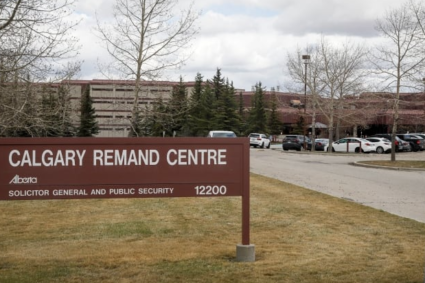
With food prices continuing to soar, the Green Party of Ontario is pitching a grocery code of conduct as a way of making everyday items more affordable.
A grocery code of conduct tends to include language around how grocery chains interact with suppliers and what costs they can pass back to those suppliers.
The idea isn’t new; both the United Kingdom and Australia have voluntary codes of conduct, adopted in 2009 and 2015, respectively.
In a press release, the Green party said a code of conduct would “protect farmers, local food producers and consumers.”
“Elements would include requirements to negotiate in good faith, refrain from acts of reprisal for practices permitted by the code, honouring of contract terms and prohibitions on collusion and price gouging,” a party spokesperson said in response to follow-up questions.
The party said it’s also pleased there are industry consultations taking place at the federal level.
‘Not a silver bullet’ for inflation
University of Guelph food economist Mike von Massow says it’s possible the idea could have merit in Canada, but it’s unlikely to provide the relief many are hoping to see.
“It is not a silver bullet to food price inflation,” he said.
That’s because the rising cost of food, von Massow said, has many roots. They include: drought in western North America, ongoing supply chain headaches, reduced capacity to make and move food due to the pandemic and the war in Ukraine which affects everything from fuel prices — tied to production, transportation, distribution and processing of food — to the wheat trade.
WATCH | Canada’s inflation rate jumps to new 31-year high of 6.7%.
But a code of conduct could change the relationship between suppliers and large grocery stores, which could benefit consumers.
“Will this grocery code of conduct magically make food inflation go away? No. Does it have the potential to level the playing field for all retailers, and then therefore moderate — to some degree — food price inflation? I think, definitely,” von Massow said.
Fairer system but not lower prices
When Australia’s Food and Grocery Code of Conduct began in 2015, it addressed a market largely controlled by two grocery chains: Coles and Woolworths. They had nearly 80 per cent of the market, said Laura Hartley, a partner with Addison’s Lawyers in Sydney, Australia who works on behalf of suppliers.
That made supplier-grocery relations very tense and left suppliers feeling like they had very little power, Hartley said. The code changed that — even though it was voluntary.
“[Suppliers] do believe this code has been effective in changing the behaviour of the supermarkets towards them in being fairer,” Hartley said.
The rising cost of food has many roots: drought in western North America, ongoing supply chain headaches, reduced capacity to make and move food due to the pandemic and the war in Ukraine. (Jacques Boissinot/Canadian Press)
Previously, she said, written contracts weren’t standard. The code of conduct changed that leading to a more “equal balance of power,” Hartley said. “It has been hailed as a success in terms of changing behaviour.”
But, she said, it hasn’t meant much of a direct change for consumers.
“It hasn’t resulted in lower prices, for example. We haven’t seen that happen,” Hartley said.
And unfortunately, there isn’t much the government can do to keep food prices in check, von Massow says.
“You could try to regulate food prices, but price regulation is difficult and often ineffective. Where do you regulate price? Do you regulate price at the farm level? Do you regulate price at the retail level? What do you do with restaurants, then?”
People feeling squeeze as prices rise
Some countries, he said, may choose protective policies. Argentina, for example, has refused to export any wheat, keeping all supplies domestic. That would bring prices down for specific products, but only works for export markets.




















